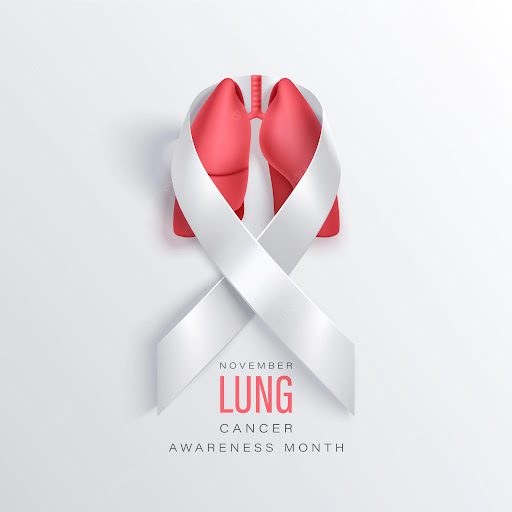Search by Color or Cause


Lung Cancer Awareness Month takes place in November. It is a time to educate the public about what lung cancer is and how to prevent it. Further, Lung Cancer Awareness Month is just one example of the life-saving public service health programs developed by public health professionals. This month promotes health and wellness in communities across the United States. Wear a pearl or white awareness pin for Lung Cancer Awareness Month. Personalized Cause offers enamel awareness ribbon pins in both personalized and non-personalized versions. Additionally available are fabric awareness ribbons and silicone wristband bracelets in both colors.
Lung cancer develops in the lungs when a cluster of abnormal, malignant cells form a tumor. Lung cancer is the second most common cancer, but is the leading cause of cancer deaths in men and women worldwide. It typically occurs in people over the age of 65. Fewer than 2% of lung cancer cases occur in women and men under the age of 45.
Lung cancer is the leading cause of cancer deaths in America, but now there’s hope. Screening is used to detect lung cancer early, when it is more likely to be curable. If lung cancer is caught before it spreads, the likelihood of surviving 5 years or more improves to 63 percent. This is based on early-stage lung cancer statistics (stage 1 vs. stage 4).
Tobacco use is the leading cause of preventable death and disease in the U.S., making it critically important that prevention and cessation programs help people break their tobacco addiction for good. The American Lung Association supports funding for federal, state, and local programs that help tobacco users quit. It also helps prevent kids and adults from starting to use tobacco.
The American Lung Association also supports policies that give smokers easy access to all treatments proven effective to help them quit. Medicaid expansion and most private health insurance plans are required to cover a comprehensive tobacco cessation benefit for plan members, including all seven medications and three types of counseling recommended by the U.S. Public Health Service.
Annual Costs:
Put a different way, the average retail price of a pack of cigarettes is $5.51. But the real price of a pack of cigarettes to society and to the state’s economy is $18.05 per pack. This is money that the state government and consumers could be spending in other places. For that reason, as states look for ways to reduce costs, helping people quit using tobacco is an important solution.